byproducts of silica sand
2023-06-02T14:06:30+00:00

byproducts of silica sand bistrozuidspakenburgnl
byproducts of silica sand Silica Sand is quartz that over time, through the work of water and wind, has been broken down into tiny granules Commercial Silica Sand is widely used as a proppant by companies involved in oil and natural gas recovery in conventional and unconventional resource plays The resource is also used in industrial byproducts of silica sand Description Ferrosilicon is produced by reduction of silica or sand with coke in presence of iron Typical sources of iron MORE INFO Know More COMMERCIAL GRADE SANDS COMMERCIAL GRADE SANDS The product is a white or tan sand Hazardous Decomposition or Byproducts Silica will dissolve in hydrofluoric acid and produce abyproducts of silica sand gliwicefotografplbyproducts of silica sand How silicon is made material making history Second only to oxygen silicon is the most abundant element in Earth s crust It is found in rocks sand clays and soils combined with either oxygen as Inquiry Online THE ROLE OF COAL COMBUSTION PRODUCTS IN byproducts of silica sand wbmeubelennl
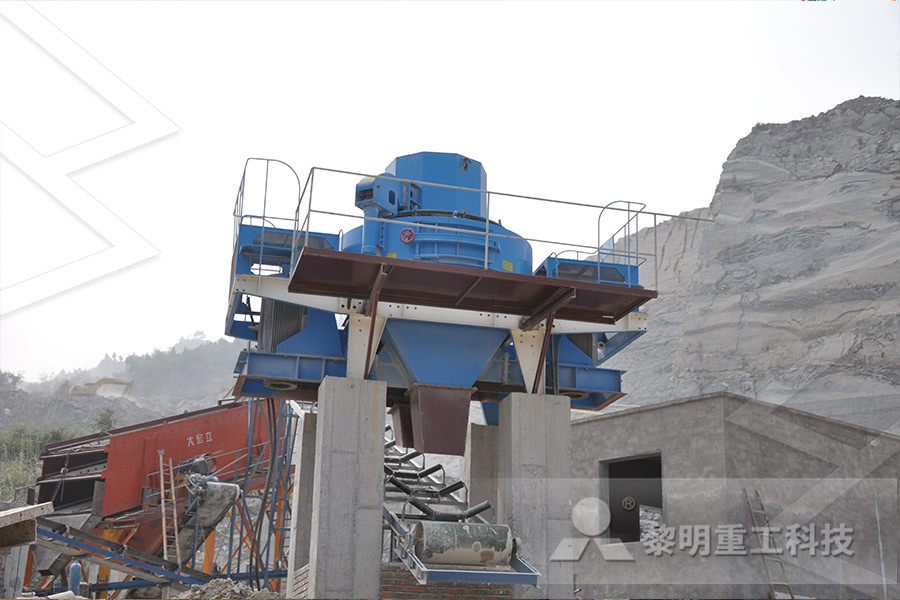
byproducts of silica sand beaumontbaladesfr
Granusil 50 lb 4075 White Silica Sand520504075 The We do sell 10 lbs of Premium Silica Sand, Internet # Model #010346 at $1999 each and 5 lb Bag White Silica Sand for Smoking Receptacles (5Pack), Internet # Model #RCPS25 at $3328Amazon: silica sand Silica Sand for Gas Fire Pits and Fireplaces 10 Pounds of Fireproof and Heatproof Base Layer Sand for use Under Gas Logs, Lava Rock or Fire Glass 44 out of 5 stars 100 $2299 $ 22 99 FREE Shipping wisedry Silica Gel Flower Drying Crystals 5 LBS, Color Indicating, Reusable Get byproducts of silica sand pomocnipl The byproducts from both the single and two stage processes contain amorphous silica, which has the potential to be used as a building or construction material The byproduct produced during single stage mineral carbonation is a mixture of magnesium carbonates and amorphous silica, which may act as a pozzolanic material or could be used as an inert filler, allowing the partial replacement of The utilisation of feed and byproducts of mineral

Utilization of Industrial Byproducts in Concrete
Waste foundry sand (WFS) Waste foundry sand (WFS), a high quality silica sand, is a by product from the production of both ferrous and nonferrous metal castings Foundries use high quality sizespecific silica sands in their molding and casting operations wastes generated by refining silica sand and kaolin clay (generally called “Kira” in Japan) contain only low amounts of coloring components because they consist mainly of the colourless minerals quartz and kaolinite, with only small amountsProperties of glassceramics prepared from Kira (waste by GS is composed mainly of silica, bentonite, bituminous coal and water, while CS is composed of silica, organic binders and catalysts Both sands have been classified as hazardous materials according to the European regulation with the code * [17] because they can contain heavy metals and organic pollutants which can be released into the atmosphere or condensed in the Recycling of foundry byproducts in the ceramic

Use of silicon and ferrosilicon industry byproducts
Silica fume (SF) is a byproduct of the smelting process in the silicon and ferrosilicon industry The reduction of highpurity quartz to silicon at temperatures up to 2000 °C produces SiO 2 vapours, which oxidizes and condense in the lowtemperature zone to byproducts of silica sand How silicon is made material making history Second only to oxygen silicon is the most abundant element in Earth s crust It is found in rocks sand clays and soils combined with either oxygen as Inquiry Online THE ROLE OF COAL COMBUSTION PRODUCTS IN byproducts of silica sand wbmeubelennl The rate of silicon extraction from these byproducts was compared with ground sand (an inert silica source) and silica fume (a highly reactive and The utilisation of feed and byproducts of mineral
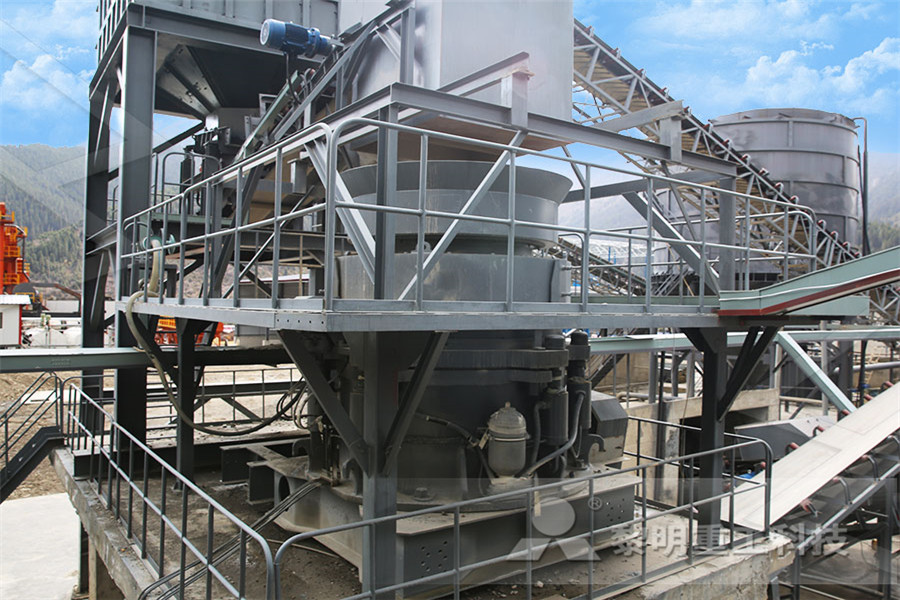
PO 4 3− Removal by and Permeability of Industrial
The silica sand, blast furnace slag, zeolite, and coconut shell activated carbon each exhibited K HC ’s in the target range of 0001 cm/s 100% CKD solidified over the 24 h saturation period such that K HC could not be measured Instead, different percentages of CKD were mixed with silica sand to improve the CKD’s permeabilityPO4 3− Removal by and Permeability of Industrial Byproducts and Minerals: Granulated Blast Furnace Slag, Cement Kiln Dust, Coconut Shell Activated Carbon, Silica Sand, and Zeolite Sheela G Agrawal Kevin W King Eric N Fischer Dedra N Woner Received: 16 June 2010 /Accepted: 26 October 2010 /Published online: 19 January 20113 Removal by and Permeability of Industrial Byproducts Five different glassceramics were prepared from Kira (waste byproducts from processing of silica sand and kaolin clay) with various additives Mixtures of Kira with CaCO3 (mass ratio 627/373, designated sample CC), dolomite (mass ratio 65/35, CM1) and mass ratio 75/25 (CM2), and paper sludge ash waste (mass ratio 55/45, PS) were melted at Properties Of Glassceramics Prepared From Kira (waste By

Utilization of industrial byproducts and natural ashes in
Claybonded sand is the most commonly used molding media in foundries The coating of clay binds the silica sand together (acting as a bulk medium that resists high temperatures), and further addition of water improves plasticity Addition of carbonaceous material prevents the “burnon” or fusing of sand onto the casting surface U S Silica Company Silica Sand sold under various names Page 2 of 7 Chronic Effects: The adverse health effects silicosis, lung cancer, autoimmune and chronic kidney diseases, tuberculosis, and nonmalignant respiratory diseases are chronic effectsMSDS MATERIAL SAFETY DATA SHEET conncolleduGBFS, zeolite, silica sand, CSAC, and 5:95% and 10:90% CKD/sand blends all exhibited hydraulic conductivities ≥0001 cm/s GBFS and the CKD/sand blends exhibited >98% PO43− removal while CSAC removed 70–79% of initial PO43− concentrations In contrast, silica sand and zeolite removed 21–58% of PO43−PO43− Removal by and Permeability of Industrial Byproducts
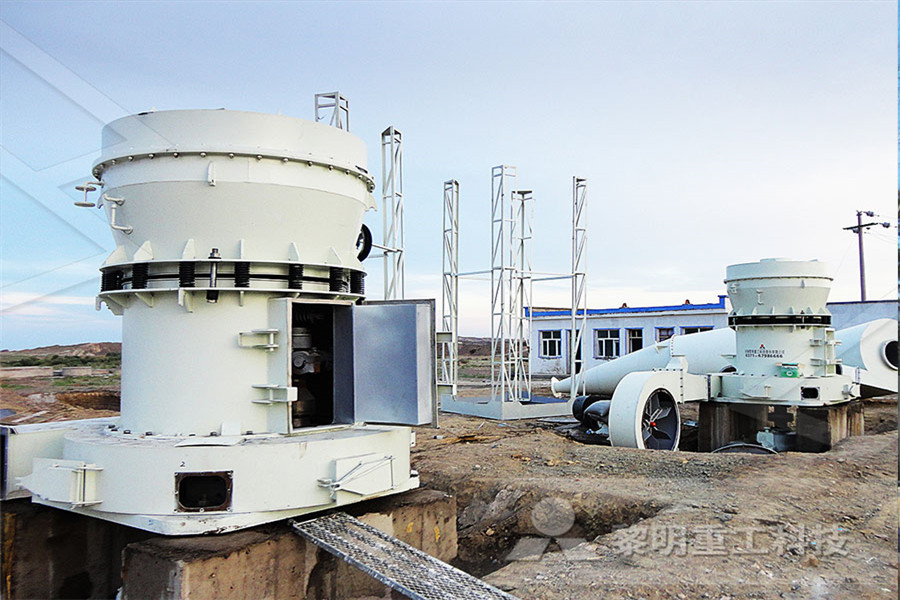
PO 4 3 Removal by and Permeability of Industrial
PO 4 3 Removal by and Permeability of Industrial Byproducts and Minerals: Granulated Blast Furnace Slag, Cement Kiln Dust, Coconut Shell Activated Carbon, Silica Sand, and Zeolite Agrawal, Sheela GSilica is the dioxide form of silicon (SiO 2) and occurs naturally in the form of quartz While beach sand is also largely quartz, the most common raw material for electronic grade is high purity quartz rock Ideally the silica has low concentrations of iron, aluminum and other metals The silica is reduced (oxygen removed) through a reaction Refining Silicon PVEducationbyproducts of silica sand How silicon is made material making history Second only to oxygen silicon is the most abundant element in Earth s crust It is found in rocks sand clays and soils combined with either oxygen as Inquiry Online THE ROLE OF COAL COMBUSTION PRODUCTS IN byproducts of silica sand wbmeubelennl
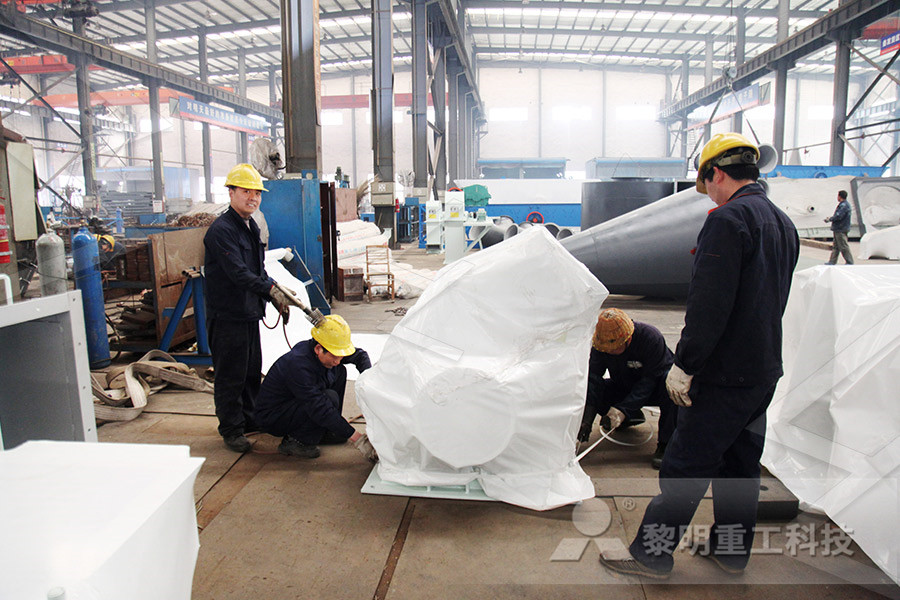
Utilization of industrial byproducts and natural ashes
Claybonded sand is the most commonly used molding media in foundries The coating of clay binds the silica sand together (acting as a bulk medium that resists high temperatures), and further addition of water improves plasticity Addition of carbonaceous material prevents the “burnon” or fusing of sand onto the casting surface Energy and Byproducts Recovery from Tea Waste M Nagaraja Bannari Amman Institute of Technology (BIT), In FBG silica sand filled at the bottom bed of the gasifier is brought to a fluidized state by the primary air which is supplied uniformly through a distributor plateEnergy and Byproducts Recovery from Tea Waste U S Silica Company Silica Sand sold under various names Page 2 of 7 Chronic Effects: The adverse health effects silicosis, lung cancer, autoimmune and chronic kidney diseases, tuberculosis, and nonmalignant respiratory diseases are chronic effectsMSDS MATERIAL SAFETY DATA SHEET conncolledu

New process creates siliconbased chemicals from
ANN ARBOR—Building on his own past research, Richard Laine, University of Michigan professor and materials scientist, has discovered an inexpensive and relatively nontoxic method for producing a variety of siliconbased chemicals from sand or rice hull ash and antifreeze [Journal of the American Chemical Society, 122, 1006372 (2000)]Once implemented, the new technology will GBFS, zeolite, silica sand, CSAC, and 5:95% and 10:90% CKD/sand blends all exhibited hydraulic conductivities ≥0001 cm/s GBFS and the CKD/sand blends exhibited >98% PO43− removal while CSAC removed 70–79% of initial PO43− concentrations In contrast, silica sand and zeolite removed 21–58% of PO43−PO43− Removal by and Permeability of Industrial Silica Handbook for Small and MediumSized Foundries This comprehensive guide is an AFS Members only resource The 200+ page document includes copies of the Respirable Crystalline Silica standard (regulation), a plain language description of the requirements including respiratory protection and medical surveillance requirements, and more than thirty (30) attachments of templates, Silica American Foundry Society

The Importance of New “SandtoSilicon” Processes
The only argument against crystalline Si as the ideal PV material both now and in the future pertains to the fourth criterion That is, the availability, collection, and manufacture of crystalline Si are extremely problematic More precisely, because Si in nature is found only as impure, oxidized sand (silica/SiO 2) or silicates (a salt with SiO 4–x (4–2x)–), the chemistries required for PO 4 3 Removal by and Permeability of Industrial Byproducts and Minerals: Granulated Blast Furnace Slag, Cement Kiln Dust, Coconut Shell Activated Carbon, Silica Sand, and ZeolitePO 4 3 Removal by and Permeability of Industrial Silica is the dioxide form of silicon (SiO 2) and occurs naturally in the form of quartz While beach sand is also largely quartz, the most common raw material for electronic grade is high purity quartz rock Ideally the silica has low concentrations of iron, aluminum and other metals The silica is reduced (oxygen removed) through a reaction Refining Silicon PVEducation
- Brazil Kaolin crushing machine Plant
- lease and license for crusher in india
- type crusher vertical shaft impact in venezuela
- type opf hammer mill
- price of grinding machine in india
- analysis and optimization of ne crusher performance
- how the roller mill workshow the rymond mills works
- Pioneer Crusher 3042 Spec
- Grinding In A Ball Mill
- tnpcb norms for the loion of stone crushing indus
- small underground crushers price
- talc rock talc rock manufacturers on for sale
- a rock drilled hole for plant for sale
- crushers manufacturers in Chile
- manganese ore ball mill prices from china famous brand manufacturer
- komatsu mobile crusher
- Plant Amp; Machinery For Cement Plant
- Ball Millfor Processing
- mobile crusher inspection
- impact crusher hire crusher in ghana africa
- portable crushers and screens price
- gold mining washing machine
- equipment availability in nignia mining industry
- Gold Shaker And Screens
- mineral washing plant flow diagram
- jaw crusher bawmill sa 19433design
- carbide rotary burr linkingschools org
- oil used in ne crusher
- maning mpanies in ghana and their location
- Spiral ncentrator For Silica Sand
-
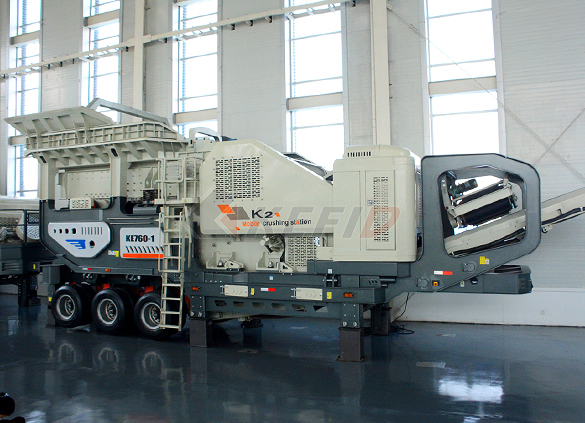
Primary mobile crushing plant
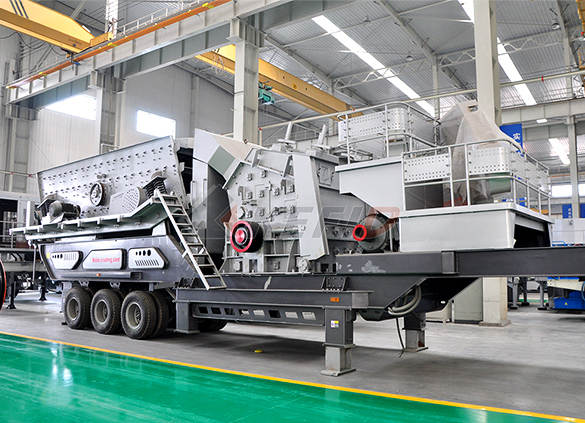
Independent operating combined mobile crushing station
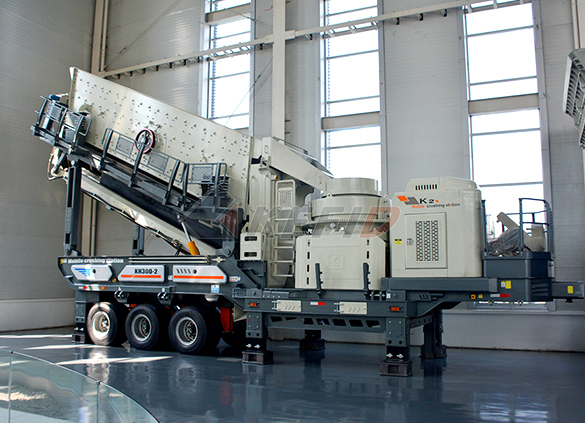
Mobile secondary crushing plant
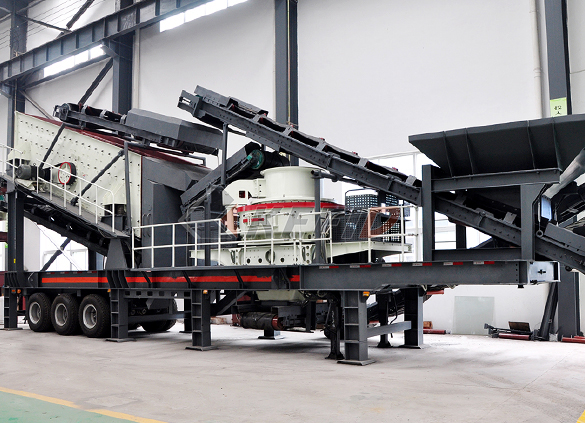
Fine crushing and screening mobile station
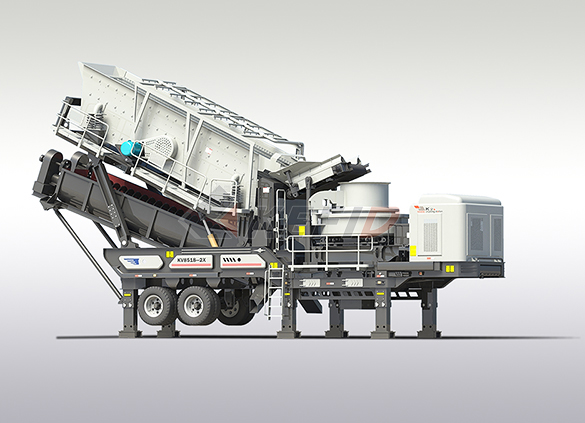
Fine crushing & washing mobile station

Three combinations mobile crushing plant
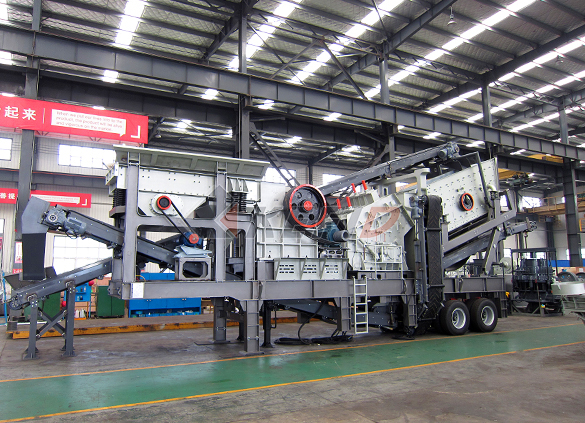
Four combinations mobile crushing plant
-

HGT gyratory crusher
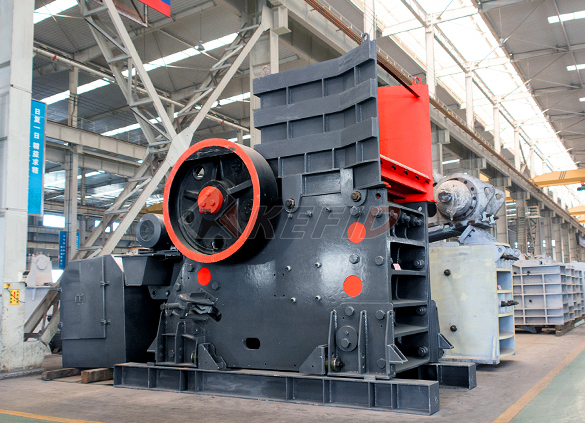
C6X series jaw crusher

JC series jaw crusher
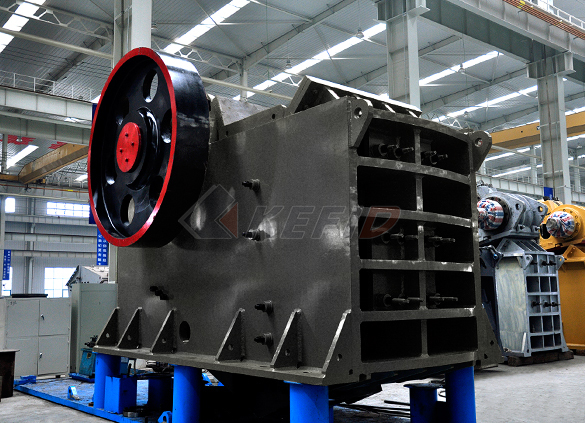
Jaw crusher
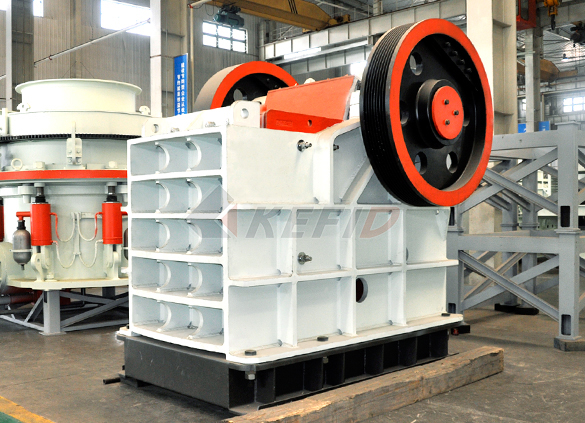
HJ series jaw crusher

CI5X series impact crusher
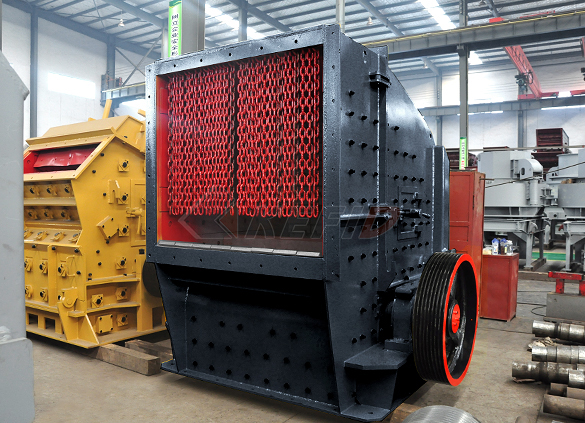
Primary impact crusher

Secondary impact crusher
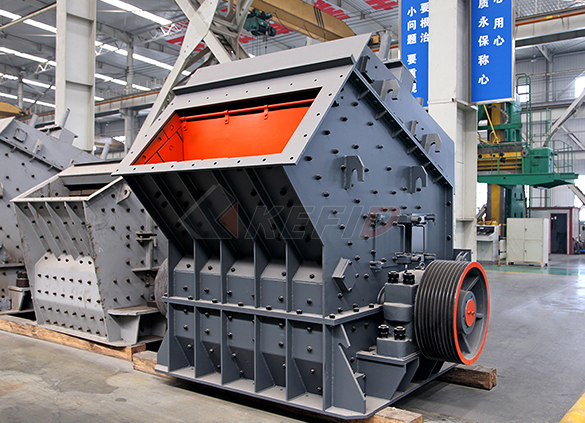
Impact crusher

HPT series hydraulic cone crusher

HST hydraulic cone crusher

CS cone crusher
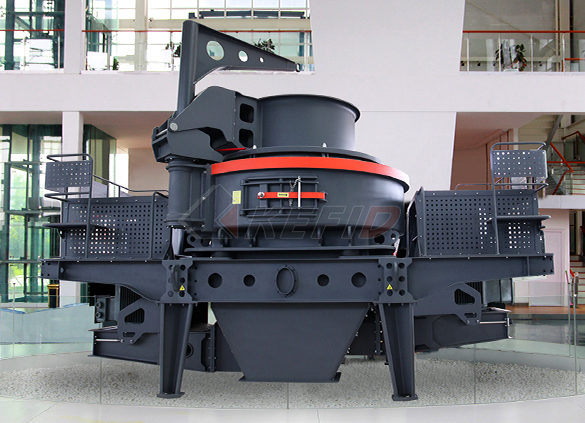
VSI6S vertical shaft impact crusher
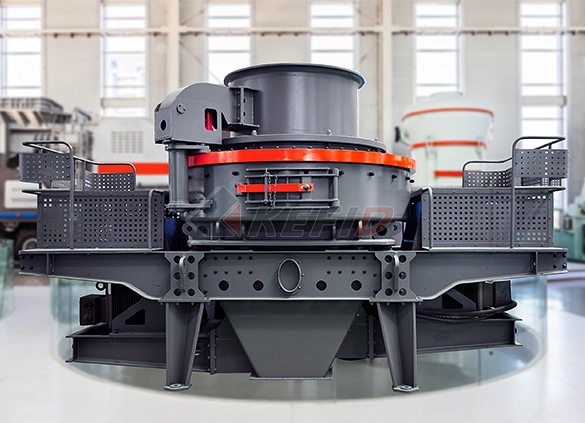
Deep rotor vsi crusher

B series vsi crusher
-

Vertical grinding mill
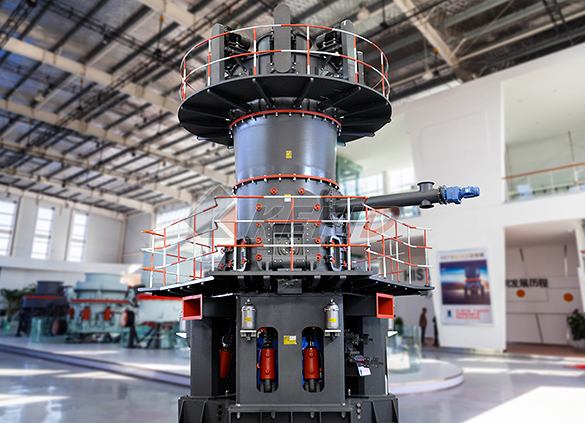
Ultra fine vertical grinding mill
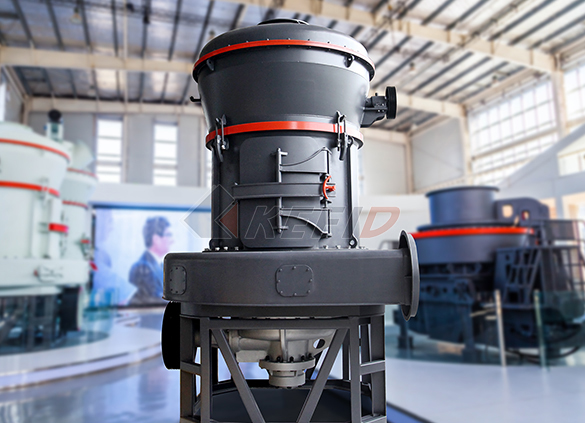
MTW european grinding mill
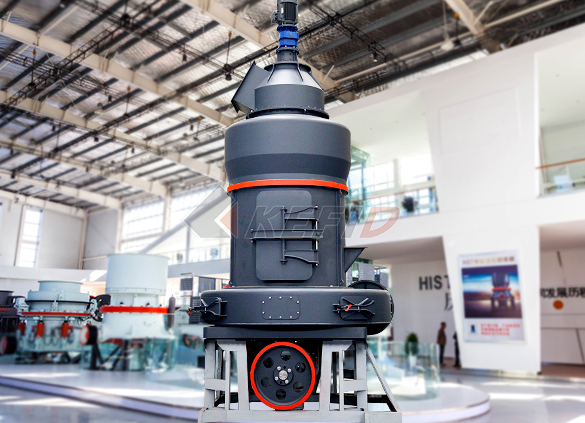
MB5X158 pendulum suspension grinding mill

Trapezium mill
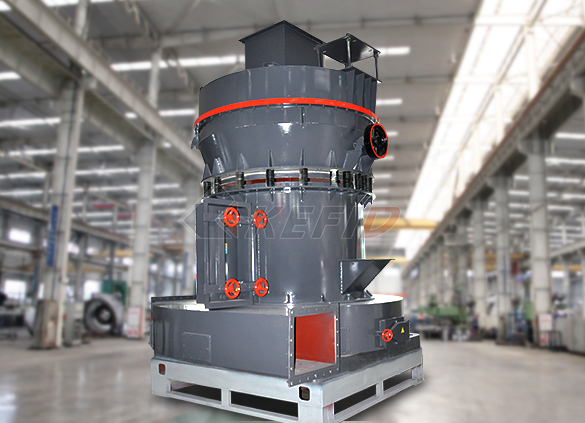
T130X super-fine grinding mill

Micro powder mill

European hammer mill
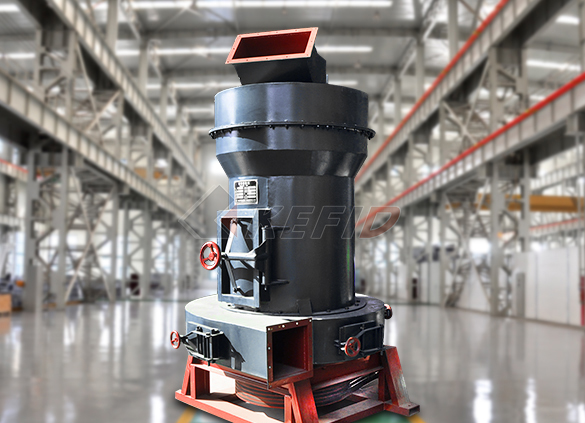
Raymond mill

Ball mill
-

GF series feeder

FH heavy vibrating feeder
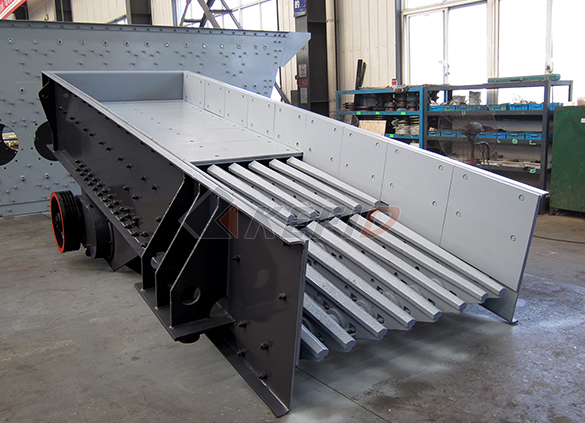
TSW series vibrating feeder

Vibrating feeder

Vibrating screen

S5X vibrating screen

Belt conveyor
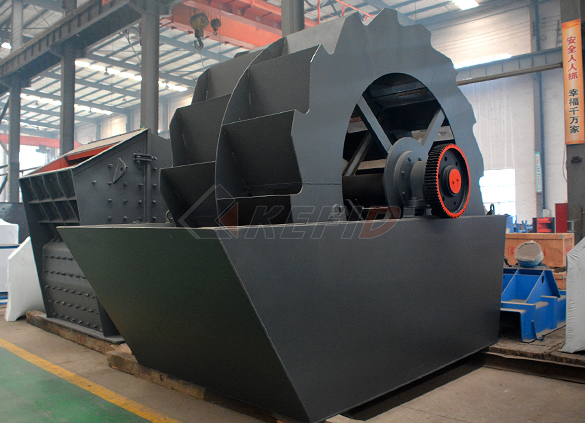
Wheel sand washing machine
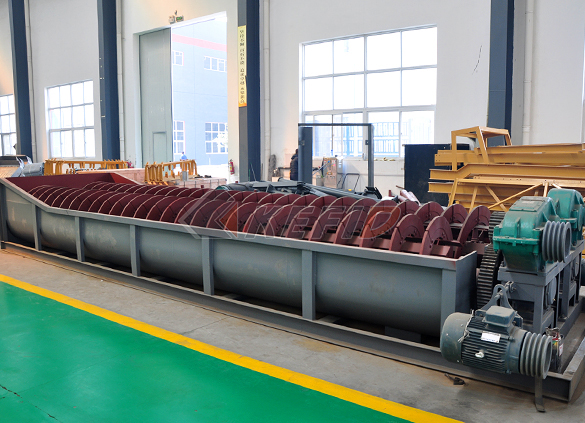
Screw sand washing machine

